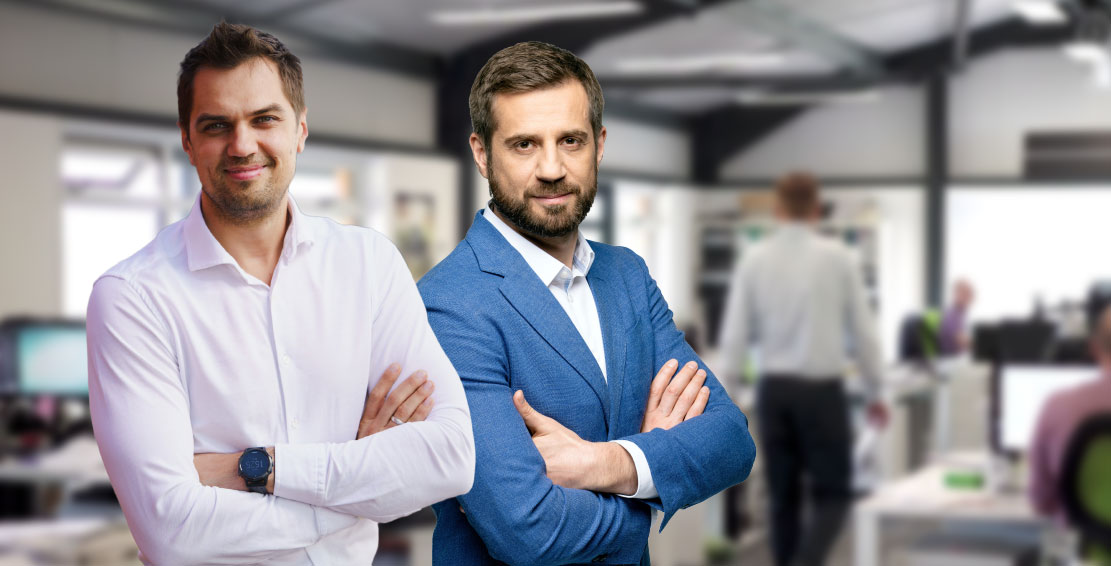
The city in a new reality: how the life of megacities will change
The world is just beginning to understand the true depth of the consequences of the coronavirus pandemic, but its clear that the focus is on the formation of a new context in the relationship between the urban environment and its modern inhabitants. What urbanization trends will come to the fore and can public spaces be safe? What solutions will help humanity avoid lockdowns and risks of the future — experts are trying to find answers to these questions.
In an interview for PRAGMATIKA, the managing partner of the UNIT.City Constantine Yevtushenko and Vitalii Melnyk, Vice President of Innovation Parks Development UDP, shared their vision of the future of cities.
In particular, Constantine Yevtushenko commented on the possibility of revising the development plans of the first innovation park.
“UNIT.City is a long-term infrastructure project that will exist for decades. Therefore, our long-term plans cannot be adjusted. We are creating a smart city, a growth point for domestic startups, for the Ukrainian digital industry. Most part of UNIT.City is associated with construction, which lasts not a month or a year. We have a closed issue with funding for the next three years. There is a vision of development, and it also remains unchanged. We work with reliable international financial organizations and local partners. As for short-term plans, we are quite maneuverable and understand that this crisis gives all companies the opportunity to rethink their needs, optimize, and better adjust the process. Here we have had big changes regarding the transition to online, the reduction of staff that can be quickly restored. Now we try to be as effective as possible and react quickly to changes,” explained the top manager.
Constantine Yevtushenko is convinced that innovative solutions and automation would make the city safer and more comfortable for its residents, including during the pandemic.
“At UNIT.City we are creating not just an innovation park, but a smart city of the future. One of its tasks is to increase the safety of the city’s residents. Lockdown could have been avoided if the city authorities had been able to analyze the data generated by the city more effectively. Smart city tools allow you to correctly collect and interpret information about its inhabitants. The same could be done during a pandemic. For example, digitize those citizens who have antibodies to the virus, or those who are sick. This would significantly increase the effectiveness of quarantine measures. We are implementing a number of smart city technologies in UNIT.City right now. They will significantly reduce potential risks and increase comfort for city residents,” Constantine Yevtushenko added.
Vice President of Innovation Parks Development UDP Vitalii Melnyk believes that the sustainable model of parks has many advantages and sees a strategic perspective in their development.
“The first and most important issue in this context is that a pandemic will not radically change the economic model of society. It will probably correct it, but the world will not give up money, countries will not give up production, and business will not give up the desire to increase profitability and reduce the cost of the product. The development of the innovation, industrial, technical parks is dictated primarily by economic factors. This concentration causes savings on the one hand and synergy on the other. Thus, industrial parks provide an opportunity to optimize the cost component. Innovation parks allow businesses to be more successful by creating a community, ecosystem, and synergy of companies in similar clusters,” explained Vitalii Melnyk.
Also, according to the Vice President of UDP, innovation parks significantly reduce the need of people for unnecessary travel, save time and resources.
“The logistical component and compactness only benefit in the current conditions — the need to use public transport disappears … For example, in UNIT.City houses and business centers are built within walking distance of each other. Thus, the innovation park will provide absolute mobility and save time. People will not stop communicating and uniting in the community for the creative, intellectual, and production process,” explained the top manager.
Read more about the interaction of the urban environment and society in the article of PRAGMATIKA: “Oh, a strange new world“.